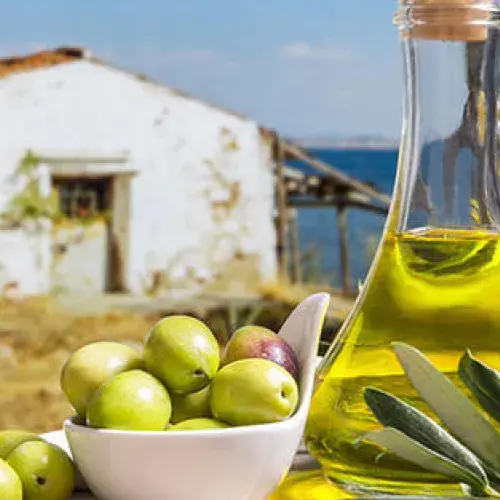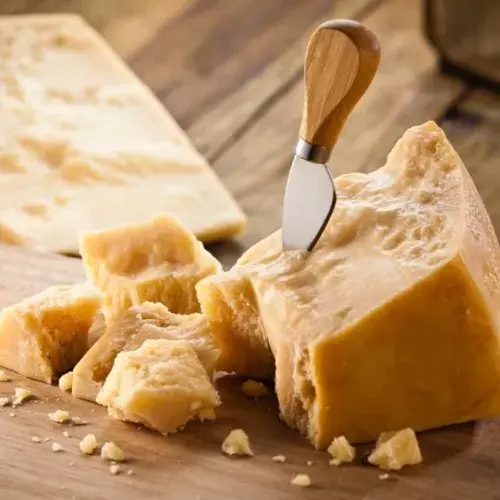The most popular Spanish cheeses

Today is World Cheese Day; cheese is a dairy product that is very popular in our country. Good evidence of this is the large range of cheeses and designations of origin available across the whole Iberian Peninsula and its islands. Therefore, we would like to run through some of the most outstanding cheeses in Spain with you.
Manchego Cheese
Possibly the best known cheese outside of our borders, which, as would be expected, is also mentioned in our most international novel: Don Quixote. It is made with milk from the Manchego breed of sheep and is matured for a minimum of 30 days and a maximum of 2 years. In a cylindrical shape, its waxed rind has the typical zigzag pattern of the old esparto grass belt imprinted on the side. Its flavor is slightly acidic, strong and tasty, becoming peppery in its more mature versions.
Cabrales Cheese
The most famous cheese in Asturias is only suitable for lovers of intense flavors and smells. A blue cheese, it is made with milk from two milkings, in the morning and in the evening, from raw cow's milk or mixed with goat or sheep's milk. The ripening process is carried out in natural caves in the Picos de Europa mountains, ensuring it develops penicillium type fungi. It barely has a rind, since it has a smooth, soft surface similar to that of the inside, and the more buttery it is inside, the stronger and more peppery its flavor will be.
Mahón-Menorca Cheese
Made exclusively on the island of Menorca, it is a raw pressed cheese with a six-sided shape and rounded edges. Its production process follows a series of ancestral techniques that have been handed down from generation to generation. For this, milk from Friesian and Menorcan cows is used and its flavor and texture vary depending on the degree of ripening achieved. The semi-cured cheeses are soft with a mild flavor and the intense cheeses have intense aromas that linger on the palate.
Burgos Cheese
As the name implies it is typical of the province of Burgos. Ready to eat just a few hours after being made, it is a soft, white, watery cheese. It was originally made only using sheep's milk but nowadays cow's milk tends to be used as well. As it is so soft it is usually accompanied with honey or nuts, and also eaten in salads. In recent times its consumption has become popular as it is a very light and healthy product with high protein content.
Torta del Casar
Despite its name, this cheese is not only produced in Casar de Cáceres, its geographical area covers 36 municipalities within the Llanos de Cáceres, Sierra de Fuentes and Montánchez regions. It is made with medium-quality raw sheep's milk. It sets between 28 and 32 ºC and in a time of 50 to 80 minutes. This ensures that it maintains an almost liquid cream inside, which is its main characteristic. Its rind is semi-hard and it is usually eaten by slicing off the top part and spreading the cream inside on bread. The ideal temperature to appreciate its flavor is around 70 degrees Fahrenheit, but it is not advisable to heat it in the microwave as this would reduce its quality.
Tetilla Cheese
This representative cheese from Galicia owes its name to its conical shape reminiscent of a breast. It is made mainly with pasteurized cow's milk from Galician breeds with a minimum ripening of 7 days. It has a mild, slightly acidic, salty flavor with a somewhat creamy texture. On the outside it has a hard, straw-yellow rind. The designation only allows it to be sold in whole pieces of approximately 1kg.
Idiazabal Cheese
From the Basque Country and Navarre, it is made entirely with sheep's milk from the Latxa and Carranzana breeds. It is a fatty cheese with a minimum ripening of 60 days. Its flavor is intense, well-balanced and with a strong note of ripened sheep's milk. Its texture is compact and firm. Idiazabal cheese has been declared European gastronomic heritage, and in the contests held annually at the Ordizia Fair, over €12,000 has been paid for half of the winning cheese.


